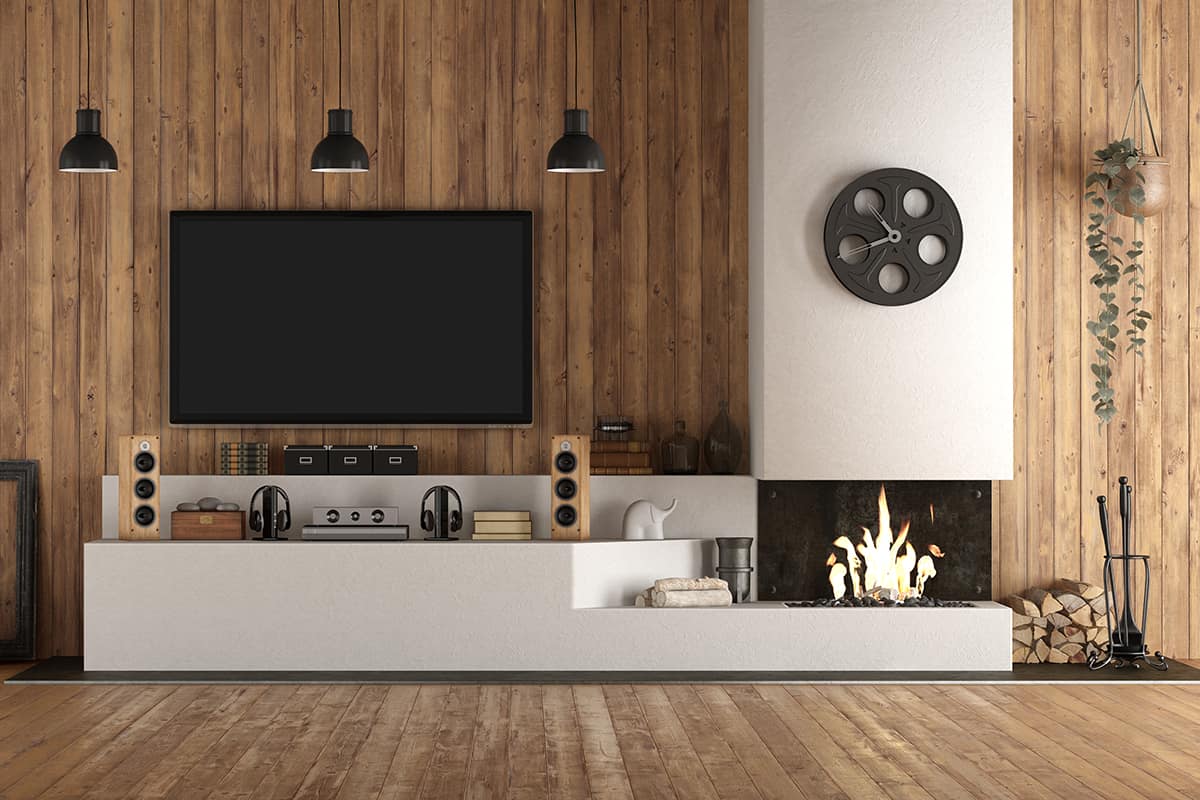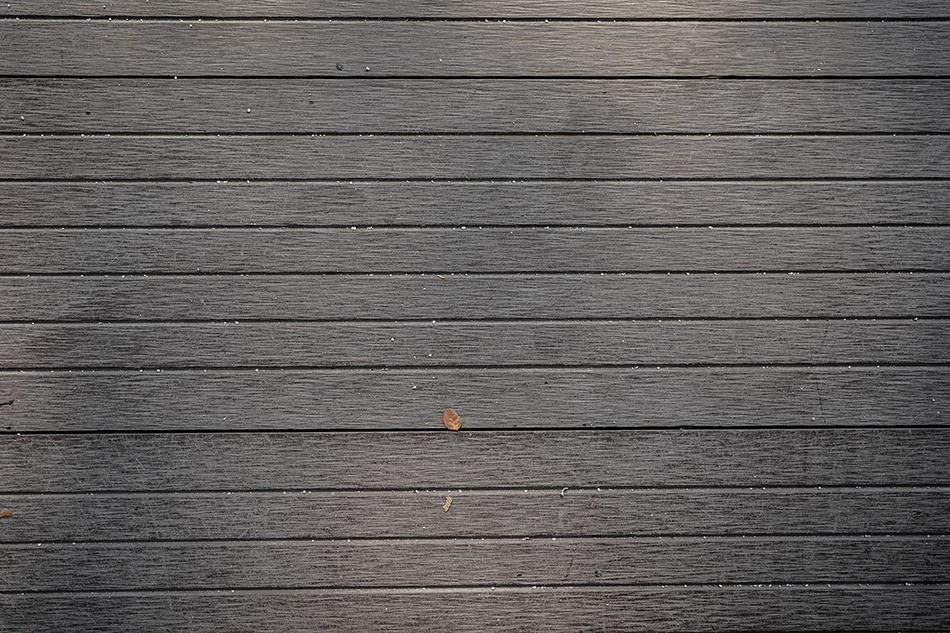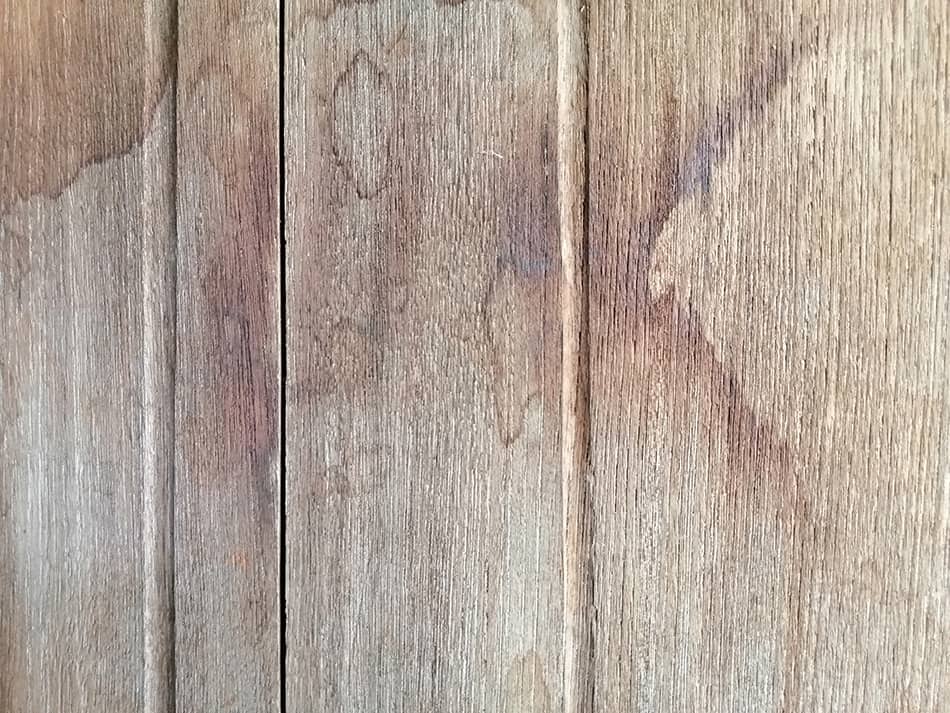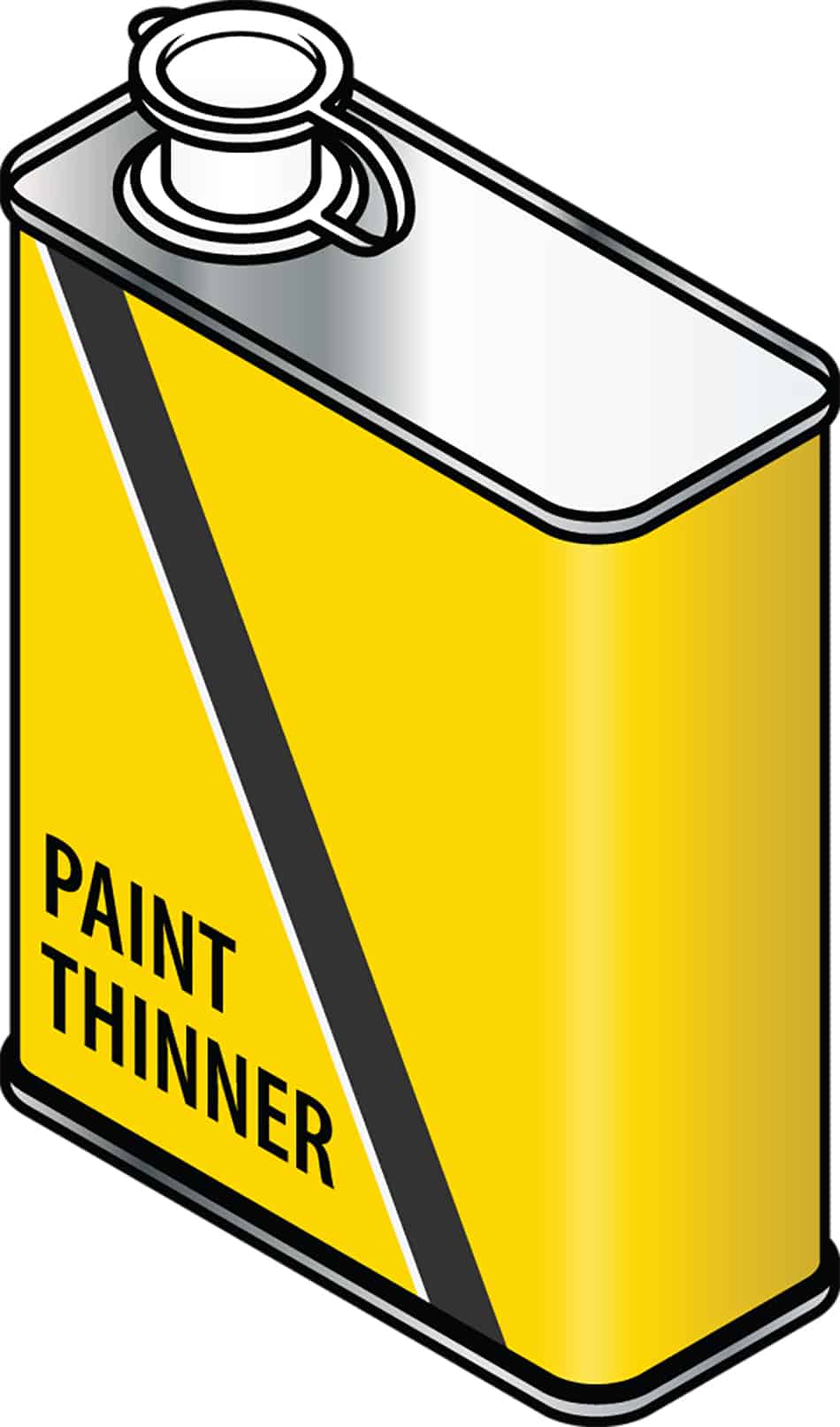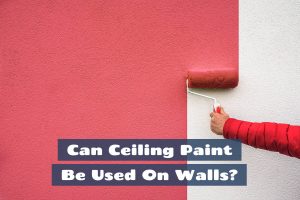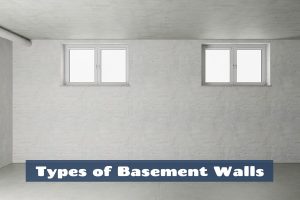Wood paneling is a classic home decoration that’s still very much popular these days – here are some ideas. While it can make your home appear as if it’s straight from the ’70s, it can make your place look more stylish when it’s done right.
Also, wood paneling has evolved through the years. It no longer makes a room look dark and musty as if it was stuck in the ’60s or ’70s.
During those decades, wood paneling consisted of fiberboard sheets usually covered with dark brown wood veneer. But these days, wood paneling is a lot lighter in tone with choices like picket fence white and faux cherry wood.
One of the reasons wood paneling has stuck through the years is that it’s relatively easy to maintain. Wood paneling requires minimal care, making it a favorite in homes that have children and pets. You won’t have to repaint or refinish it after many years.
But like any other interior surface, it can get dull and dirty-looking. This necessitates regular cleaning and polishing of the surface if you want it to look fresh.
Moreover, periodic cleaning and polishing can help in retaining much of the beauty of the natural wood grain.
Removing Dust and Grime
The most critical wood paneling maintenance is regular cleaning to remove dust and grime. This would entail simply dusting the surface with a lint-free cloth.
Turn and refold the cloth frequently so that the wood panel would be exposed to the clean surface of the cloth. You don’t want to rub the surface with a dirty cloth as it would simply spread the dirt around.
You’d also benefit from a small amount of lemon oil in removing dust and grime. Get a cleaning cloth and dampen it with a small amount of lemon oil. Alternatively, use a spray designed for use or application on dusted clothes.
If you can’t find one, you can formulate your solution. Mix one cup of vinegar with a cup of water and two tablespoons of olive oil. Transfer it to a spray bottle.
Shake the bottle, then spray it directly on the wood panel and wipe it dry with a dust cloth. Again, remember to use the clean surface of the dust cloth.
You might be tempted to use water and detergent in cleaning wood panels, especially if there is grime. Don’t even think about it, as it would affect the original luster of the finish and tone of the wood panel.
The ever-reliable vacuum cleaner can also come in handy in removing dust and grime from wooden panels. Affix the dusting attachment to the vacuum cleaner and then run it over the wooden panel.
Just make sure that the attachment doesn’t have sharp edges, as it may scratch the wood. The vacuum cleaner should have enough power to pick up grime and dirt.
Removing Water Stains
Water stains can ruin the luster and good looks of wood paneling. This can happen in areas where water sources are found, like the basement. For instance, plumbing issues can cause excessive flooding in the area, which can cause the water to stain the wood paneling.
Water stains can be difficult to remove. But it’s certainly doable with the use of an oxalic acid which you can buy at hardware stores. You’ll also need a synthetic brush, warm water, and a glass bowl.
In the glass bowl, mix warm water with oxalic acid. Mix well until the acid crystals are dissolved. You may refer to the label of oxalic acid for the right ratio for your project.
Take the brush and, use it, apply the solution over the stain. Leave it for a few minutes or until the color of the stain has faded. To remove the acid residue, wipe the affected surface clean with a clean rag. Then lightly sand it to smooth the surface.
If you have knotty pine paneling, you have plenty of options for removing water stains.
Popular for its colorful knots and bold grain, knotty pine paneling has light undertones. Thus, it’s a type of wood paneling that shows stains badly. Left untreated, a small water stain can be an ugly sight on the panel.
You can try removing stains on a knotty pine panel using a hot iron. This method is ideal for removing white spots in the panel that has not yet been embedded in the wood. You’ll also need a soft and clean cotton cloth for this method.
Start by folding the cotton cloth and placing it over the stain. Then plug in and switch on the household iron to a high setting. Place the hot iron over the stain and press it.
Hold this position for at least 60 seconds. The heat should penetrate through the cloth and into the stain. Then remove the iron and cloth and see if the stain is still there. If so, reapply the hot iron as needed.
If this method doesn’t work, you can use other sources of warm air, such as a hairdryer and a heat gun. In using a hairdryer, set it to a high setting and point it at least a few inches away from the water stain.
If you’re using a heat gun, set it at a low setting. Apply heat to the affected area for at least 60 seconds. Let the area cool before visually inspecting the water stain. Reapply the heat as needed.
Deep Cleaning and Polishing Wood paneling
There are instances when a regular dusting of wood paneling would no longer suffice. You may even try a polishing wax, and this, too, might not be much of help. If this is the case, you can try a solvent to give the wood panel surface a more thorough cleaning.
For this purpose, you can try a mineral spirit or paint thinner or a non-flammable dry-cleaning solvent. These are usually found in hardware stores.
You can get a paint thinner here.
Keep in mind, though, that paint thinner is highly flammable. Thus, you should not work in a room where there are no open flames or lighted cigarettes. The room where you’ll work must also be well-ventilated.
Now here’s how to do it. Pour a small amount of the solvent into a pan. Dip a rag into the solvent. Use this in wiping off a small section of the wood panel at a time. Use another dry rag, this time to remove the softened dirt or old wax. Once you’ve finished a whole panel, go back and repeat the process. Look out for missed spots and smears that were left by the first cleaning.
The downside of cleaning with solvent is that it would dull the surface. The next step, therefore, is to restore the luster of the panel and add a protective coating. For this purpose, you’ll need a paste wax or furniture polish.
The former demands more work as you’d need to buff the surface. But you can be assured that it would give more lasting protection to the surface.
You should also realize that a cream or oil type of polish must not be applied over a wax. Therefore, once you’ve started with wax, then you should stick with using it in the foreseeable future.
When you apply wax, spread it on in a thin layer. Let it set first for around 15 minutes before you buff it with a folded towel or soft cloth. You may also use an electric buffing wheel for this purpose, but it’s better to do hand buffing instead. Electric buffers may leave swirl marks. Moreover, the buffing wheel could snag on the grooves in the wood panel.
If you’ll use a polish instead of wax, you should apply it sparingly. Let it soak for a couple of minutes. Then wipe it off the excess polish with a dry rag. Read the directions on the can or bottle and determine if it would need buffing or not.
But what if there are tiny scratches, screw holes, and nicks that need to be patched and filled in? You can resort to the use of a touchup stick or pencil for this job.
Also known as putty sticks, this type of product comes in a wide range of colors. You’ll likely find one that would match the shade of your wood paneling.
Using them is like using a crayon, as you’ll only have to rub the stick back and forth over the hole or nick until it is filled in. You can then scrape off the excess using a stiff piece of plastic.
Conclusion
In short, cleaning wood paneling is not as difficult as it would appear to be. You can use common household items such as vinegar and olive oil to get the job done. Regularly wiping the surface with a dry cotton cloth should also be enough to get rid of dust.
Keep in mind the pointers shared in this article so that you can maintain the good looks of your wood panel.
